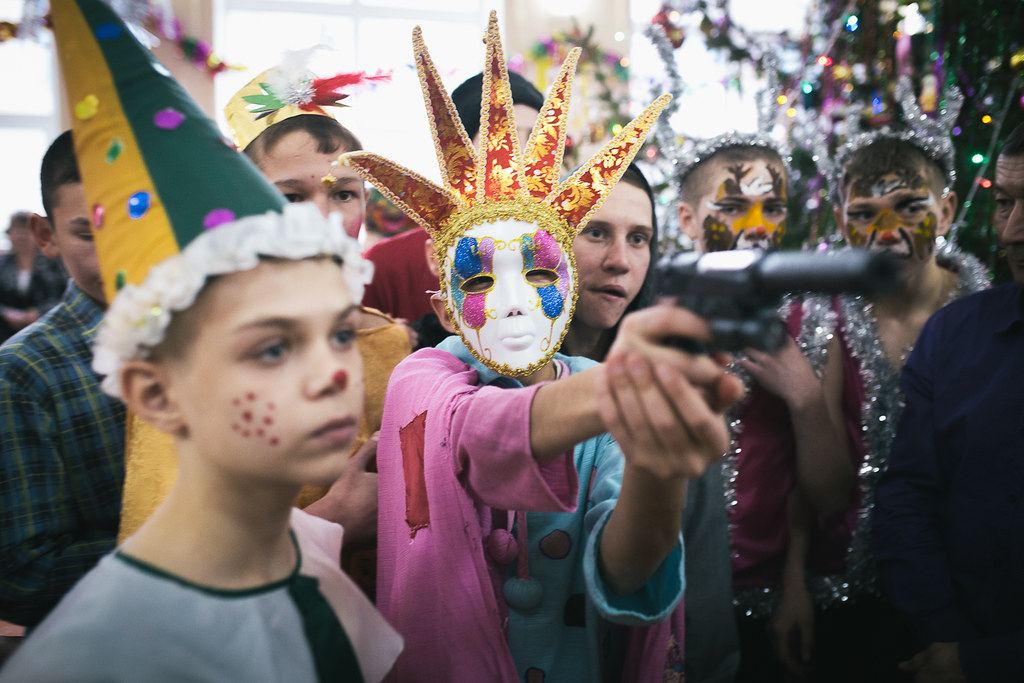
HNY in special school for troubled teens: Untitled: photo by vadim braydov, 29 December 2017
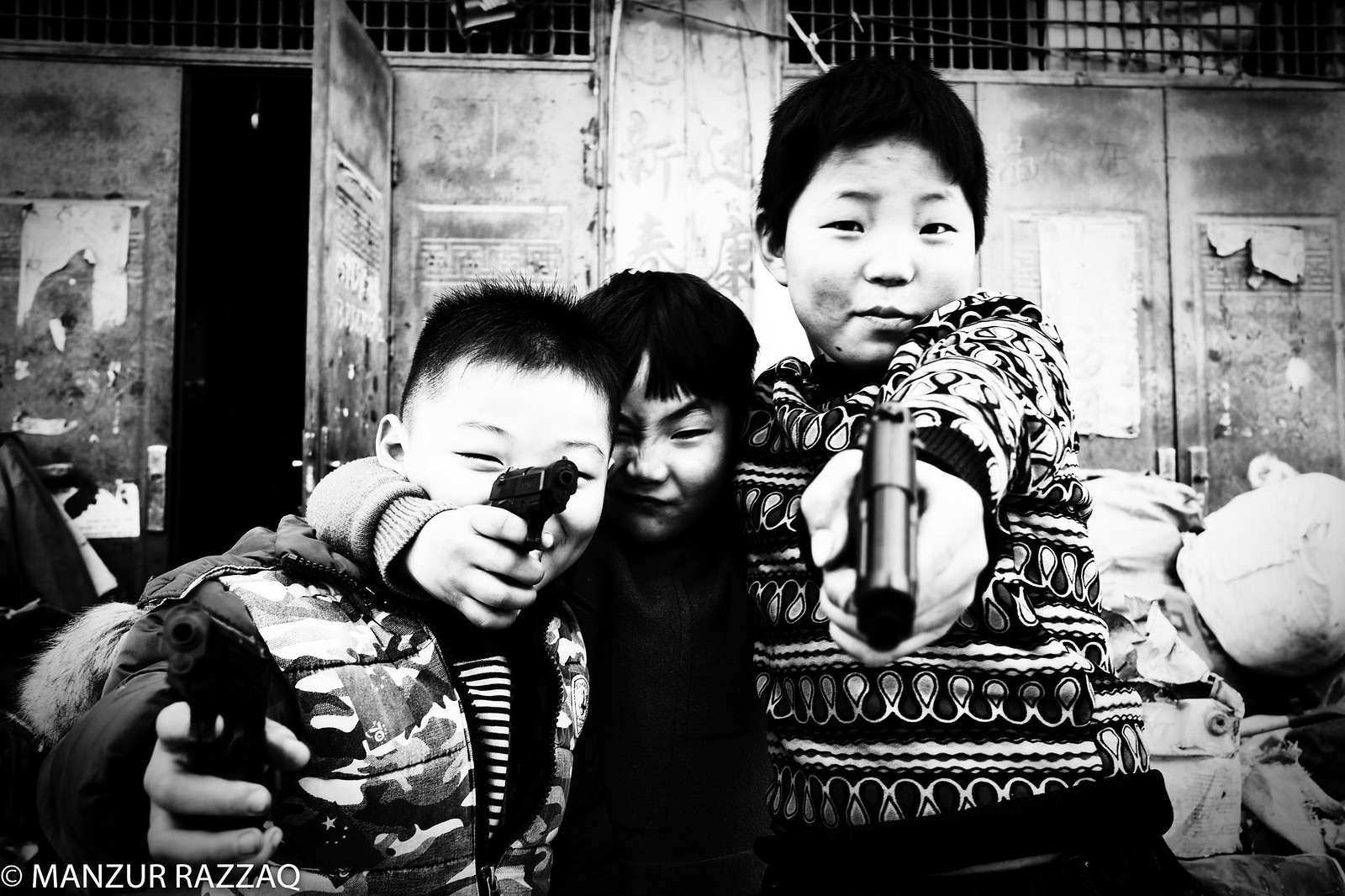

#PicturesOfTheYear #Kenya
Opposition lawmaker C.A Luyai leans through the window of his car as
tear gas billows out after police fired gas at a convoy of opposition
politicians in #Nairobi Picture by @BazRatner @reuterspictures: image via Photojournalism @photojournalink, 27 December 2017

Mohamed Badra @badramamet
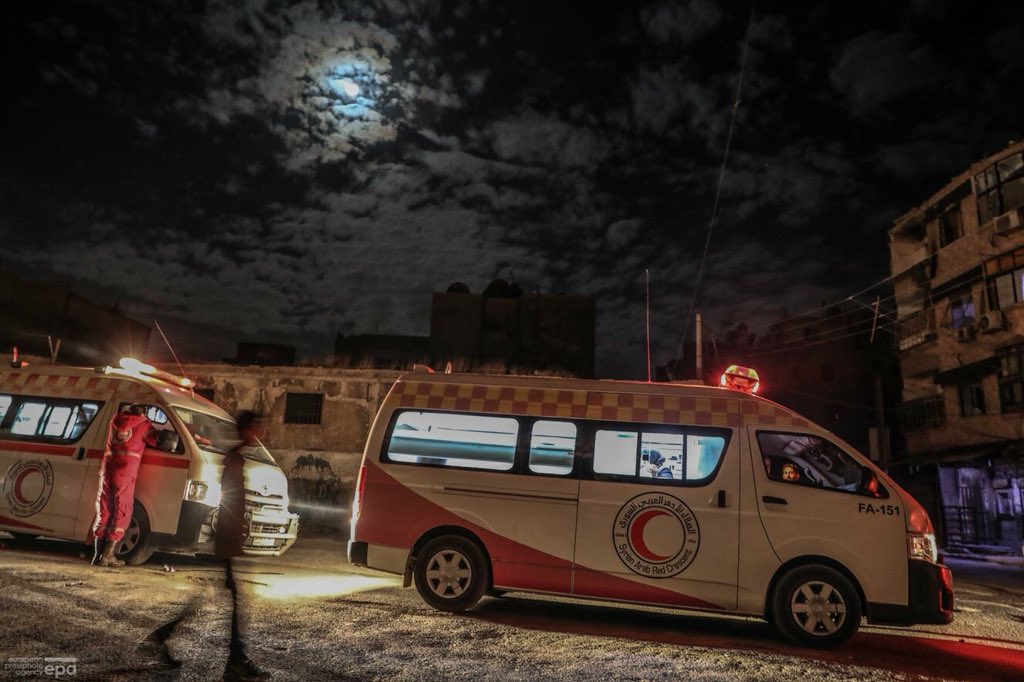
عملية الإخلاء الطبي خلال الأيام الماضية Pictures of the medical evacuation during last three days | @SYRedCrescent in association with the @ICRC Finished the medical evacuation of the 29 cases of critically-ill from #EasternGhouta to #Damascus. @epaphotos: image via Mohamed Badra @badramamet, 30 December 2017
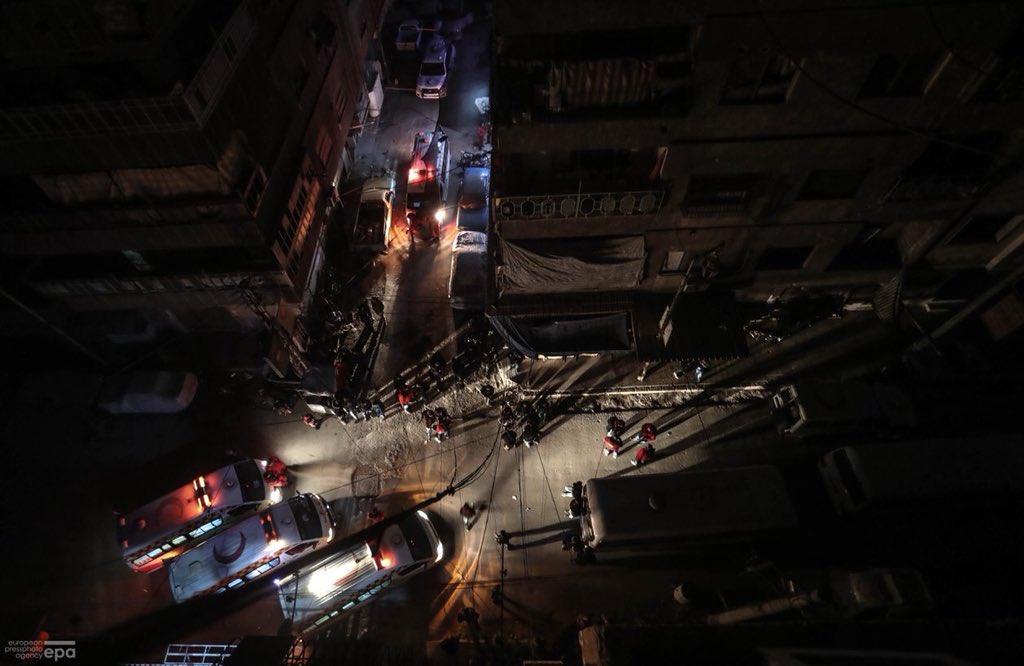
عملية الإخلاء الطبي خلال الأيام الماضية Pictures of the medical evacuation during last three days | @SYRedCrescent in association with the @ICRC Finished the medical evacuation of the 29 cases of critically-ill from #EasternGhouta to #Damascus. @epaphotos: image via Mohamed Badra @badramamet, 30 December 2017
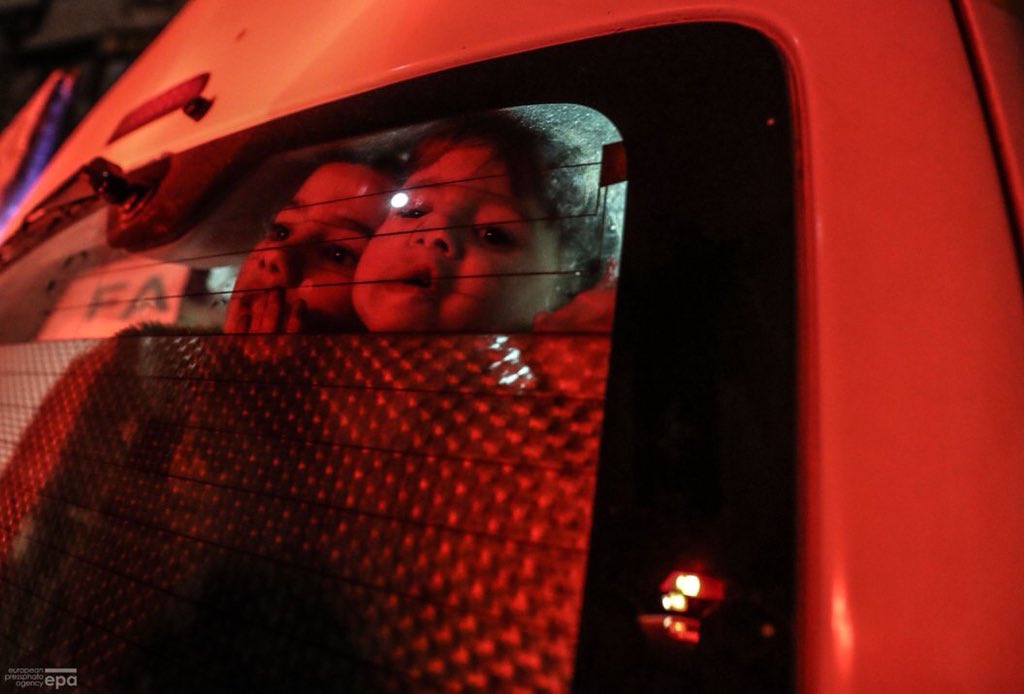
Pictures of the medical evacuation during last three days | @SYRedCrescent in association with the @ICRC Finished the medical evacuation of the 29 cases of critically-ill from #EasternGhouta to #Damascus. @epaphotos: image via Mohamed Badra @badramamet, 30 December 2017

This stunning picture by @RAtansovski taken from Vodno Mountain shows the tops of some of the city's highest buildings above clouds in an area with a high level of air #pollution in #Skopje.: image via Aurelia BAILLY @AureliaBAILLY, 15 December 2017

Comme chaque hiver, la pollution asphyxie #Skopje. #pollution #environment Photo #AFP de @RAtanasovski: image via NicolasG @ngaudich, 15 December 2017

Comme chaque hiver, la pollution asphyxie #Skopje. #pollution #environment Photo #AFP de @RAtanasovski: image via NicolasG @ngaudich, 15 December 2017

Comme chaque hiver, la pollution asphyxie #Skopje. #pollution #environment Photo #AFP de @RAtanasovski: image via NicolasG @ngaudich, 15 December 2017

Comme chaque hiver, la pollution asphyxie #Skopje. #pollution #environment Photo #AFP de @RAtanasovski: image via NicolasG @ngaudich, 15 December 2017

Comme chaque hiver, la pollution asphyxie #Skopje. #pollution #environment Photo #AFP de @RAtanasovski: image via NicolasG @ngaudich, 15 December 2017

Comme chaque hiver, la pollution asphyxie #Skopje. #pollution #environment Photo #AFP de @RAtanasovski: image via NicolasG @ngaudich, 15 December 2017

Comme chaque hiver, la pollution asphyxie #Skopje. #pollution #environment Photo #AFP de @RAtanasovski: image via NicolasG @ngaudich, 15 December 2017

Comme chaque hiver, la pollution asphyxie #Skopje. #pollution #environment Photo #AFP de @RAtanasovski: image via NicolasG @ngaudich, 15 December 2017
Mohamed Badra @badramamet

عملية الإخلاء الطبي خلال الأيام الماضية Pictures of the medical evacuation during last three days | @SYRedCrescent in association with the @ICRC Finished the medical evacuation of the 29 cases of critically-ill from #EasternGhouta to #Damascus. @epaphotos: image via Mohamed Badra @badramamet, 30 December 2017

عملية الإخلاء الطبي خلال الأيام الماضية Pictures of the medical evacuation during last three days | @SYRedCrescent in association with the @ICRC Finished the medical evacuation of the 29 cases of critically-ill from #EasternGhouta to #Damascus. @epaphotos: image via Mohamed Badra @badramamet, 30 December 2017

Pictures of the medical evacuation during last three days | @SYRedCrescent in association with the @ICRC Finished the medical evacuation of the 29 cases of critically-ill from #EasternGhouta to #Damascus. @epaphotos: image via Mohamed Badra @badramamet, 30 December 2017
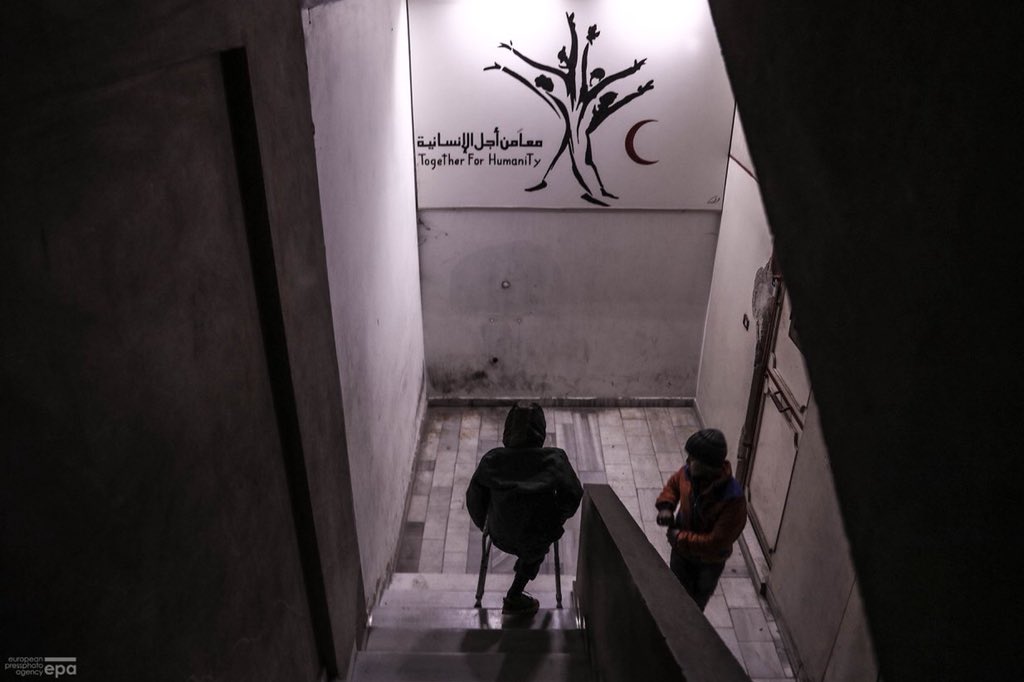
عملية الإخلاء الطبي خلال الأيام الماضية
Pictures of the medical evacuation during last three days |
@SYRedCrescent in association with the @ICRC Finished the medical
evacuation of the 29 cases of critically-ill from #EasternGhouta to
#Damascus. @epaphotos: image via Mohamed Badra @badramamet, 30 December 2017
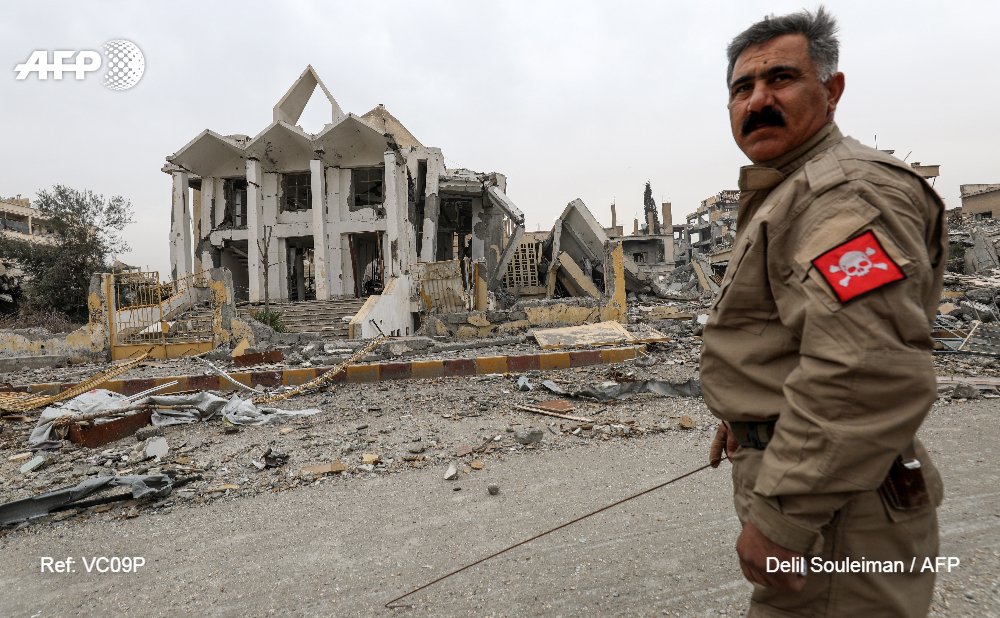
Syrie: deux églises historiques de Raqa ont été déminées juste à temps pour Noël. Mais avec les combats dévastateurs qui ont ravagé l'ancien principal fief jihadiste en Syrie, il n'y a plus aucun chrétien pour les fêtes par #Delilsouleman #AFP: image via Agence France-Presse @afpfr, 22 December 2017

Untitled: photo by Soumyendra Saha, 6 June 2004

Untitled: photo by Soumyendra Saha, 6 June 2004

Untitled: photo by Soumyendra Saha, 6 June 2004

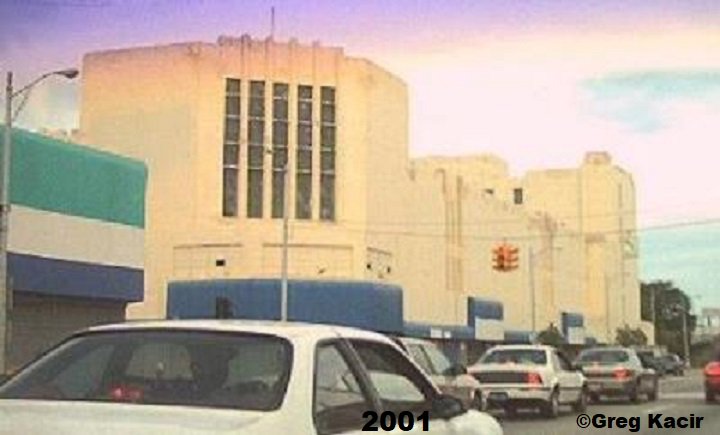
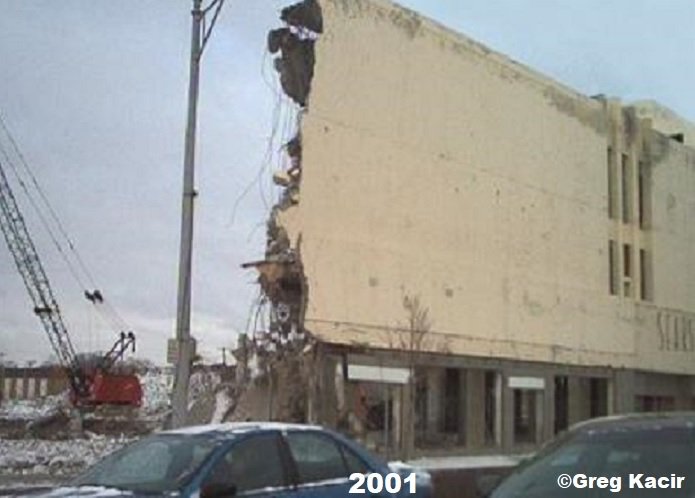
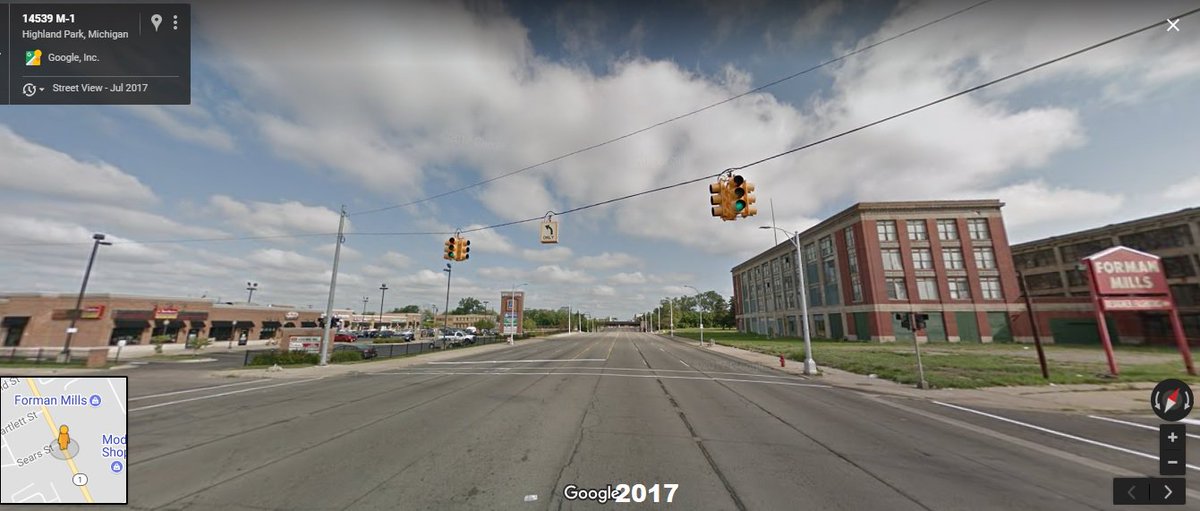
#HighlandPark Woodward Ave, 1985-2017. The art deco Sears building was built in 1938. The store closed in 1992 and was demolished in 2001. The 4 story building across street was part of the former Ford complex. Unfortunately, it sits in shameless disrepair.: image via Detroit Street View @DetroitStreetVu, 27 December 2017

People pass by the "The Walled Off Hotel" and the Israeli security barrier in the West Bank city of Bethlehem, Friday, March 3, 2017. The owner of a guest house packed with the elusive artist Banksy's work has opened the doors of his West Bank establishments to media, showcasing its unique "worst view in the world." The nine-room hotel named "The Walled Off Hotel" will officially open on March 11.: photo by Dusan Vranic/AP, 3 March 2017

DSCF7364: photo by
ilan Ben yehuda, 15 August 2017

DSCF7364: photo by
ilan Ben yehuda, 15 August 2017

DSCF7364: photo by
ilan Ben yehuda, 15 August 2017

CMMAUNG_TG-4_ {Botataung, Yangon, Myanmar]: photo by
Chit Min Maung, 14 April 2017

CMMAUNG_TG-4_ [Botataung, Yangon, Myanmar]: photo by
Chit Min Maung, 14 April 2017
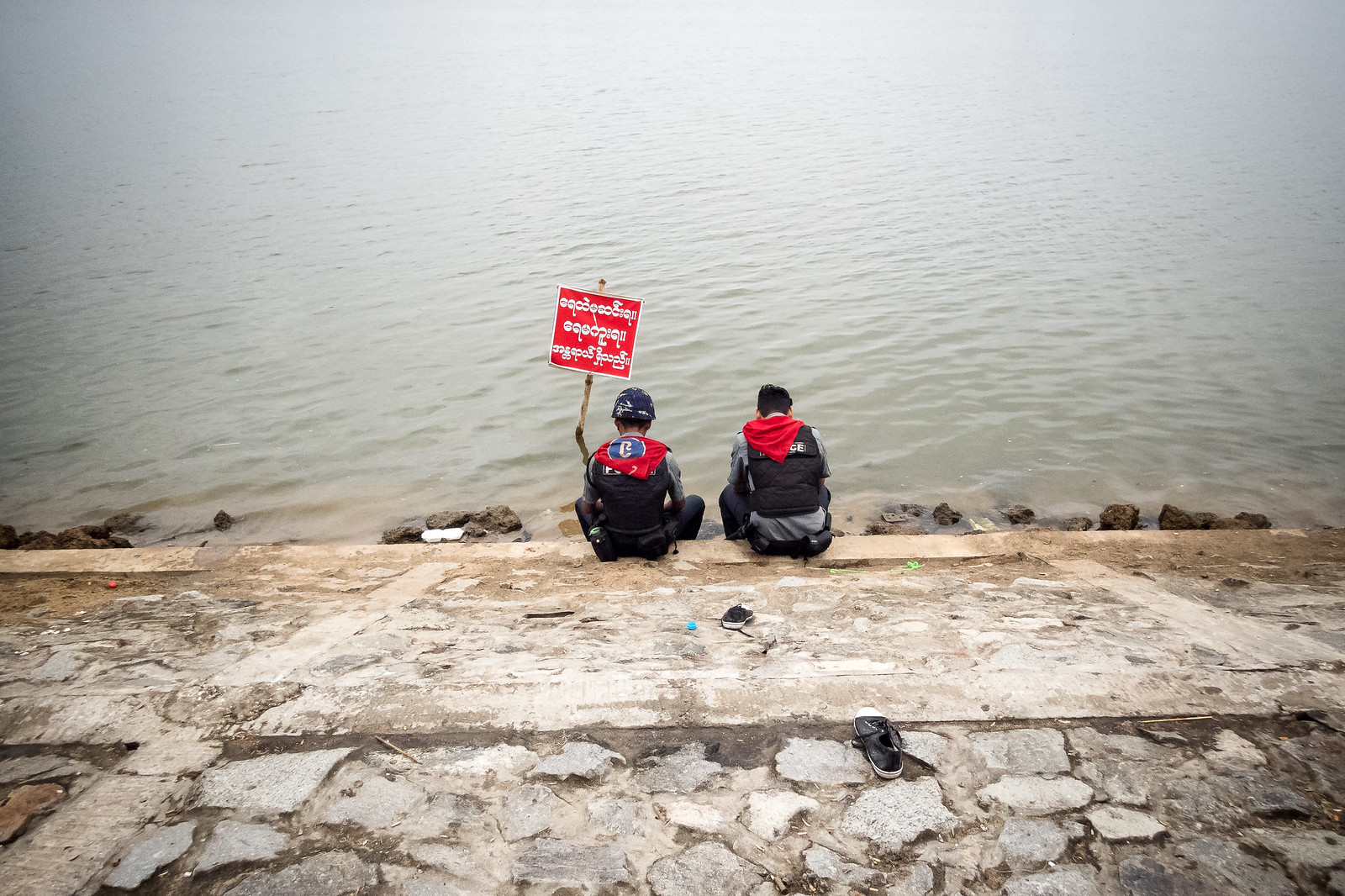



10_CMMAUNG_TG-4_2017_04_15_15_04_Yangon-4150284 [Yangon, Myanmar]: photo by Chit Min Maung, 15 April 2017

10_CMMAUNG_TG-4_2017_04_15_15_04_Yangon-4150284 [Yangon, Myanmar]: photo by Chit Min Maung, 15 April 2017

10_CMMAUNG_TG-4_2017_04_15_15_04_Yangon-4150284 [Yangon, Myanmar]: photo by Chit Min Maung, 15 April 2017
‘Massive Mental Health Crisis’ Feared for Rohingya Children: Hannah Beech, The New York Times, 31 December 2017

Gulbahar, a 25-year-old Rohingya Muslim, with her youngest daughter after arriving in Bangladesh in November.: photo by Tomas Munita for The New York Times, 31 December 2017

Gulbahar, a 25-year-old Rohingya Muslim, with her youngest daughter after arriving in Bangladesh in November.: photo by Tomas Munita for The New York Times, 31 December 2017

Gulbahar, a 25-year-old Rohingya Muslim, with her youngest daughter after arriving in Bangladesh in November.: photo by
Tomas Munita for The New York Times, 31 December 2017
BALUKHALI, Bangladesh — Jehora Begum was a fast runner, racing through rice paddies and splashing through canals.
But how can a 12-year-old girl outrun a bullet?
When
Myanmar’s military and Buddhist vigilantes descended on Rohingya Muslim
villages in late August, burning homes and spraying gunfire, 14 members
of Jehora’s family — including her mother, her father and four of her
siblings — couldn’t run quickly enough.
They all died, according to witnesses and human rights groups investigating the massacre in Maungdaw Township.
Jehora
was shot as she waded through a canal, the bullet lodging near her
pelvis. Still, she and her younger brother, Khairul Amin, made it to
safety in southeastern Bangladesh, where refugee camps now house far
more Rohingya than remain in their homeland in Rakhine State in Myanmar.
“I
have nightmares that the military is chasing me,” Jehora said. “I wake
up, and I think of my parents, and then I stay awake for a long time.”

The funeral for Mohammed Hosain, 2, who died of pneumonia in an expanded area of the Kutupalong camp in September.: photo by
Tomas Munita for The New York Times, 31 December 2017

The funeral for Mohammed Hosain, 2, who died of pneumonia in an expanded area of the Kutupalong camp in September.: photo by
Tomas Munita for The New York Times, 31 December 2017
Of
the more than 655,000 Rohingya who have fled to Bangladesh since the
Myanmar military began its crackdown in late August, around 380,000 are
minors, according to Save the Children, the international aid
organization. At least 30 percent of the refugee population is younger
than 5.
Children
are everywhere in the camps, fighting for aid handouts, wading through
sewage and balancing jugs of water or bundles of firewood on their
heads. Some are dressed in improbable combinations of donated clothes: a
tiny tuxedo jacket paired with basketball shorts. Many wear nothing but
dust.
More than anything, the soundtrack of the Rohingya refugee camps is a child’s wheezing cough, followed by a prolonged sniffle.
The prospects of these young refugees, say child development experts, are grim.
“What
we’re seeing is the perfect breeding ground for a massive mental health
crisis for children,” said Lalou Rostrup Holdt, a mental health adviser
for Save the Children.
“You
have trauma on a huge scale, children seeing brutal killings and being
forced to leave home with nothing,” Ms. Holdt said. “You have hunger.
You also have significant developmental delays due to malnutrition and
understimulation that predate the recent trauma. It’s absolutely
devastating for an entire community.”

Rohingya refugees jostling for aid at a hot meal distribution center in Palongkali refugee camp.: photo by
Tomas Munita for The New York Times, 31 December 2017

Rohingya refugees jostling for aid at a hot meal distribution center in Palongkali refugee camp.: photo by
Tomas Munita for The New York Times, 31 December 2017
Ms.
Holdt, who has been working in the camps for two months, said that many
Rohingya children are living in a state of near constant “fight or
flight” arousal, a hyperstressed condition that can change the
architecture of their brains.
Yet
the children who made it to the camps are the lucky ones. Doctors
Without Borders estimates that at least 730 Rohingya children
younger than 5 were killed in Myanmar between late August and late
September, mostly by gunshot, according to a survey released in
December. Nearly 10 percent of those children were burned in their
homes, while 5 percent were beaten to death.
The
international medical charity cautioned that its estimate was
conservative and probably understated the true mortality figures.
Although
the governments of Bangladesh and Myanmar say they will proceed with a
voluntary repatriation scheme in the coming weeks, there is little
enthusiasm among Rohingya refugees for returning to the site of what
Western governments have labeled ethnic cleansing.
The Myanmar government has stripped most Rohingya of citizenship and considers them to be illegal immigrants from Bangladesh.
The
likelihood, then, is that hundreds of thousands of Rohingya children
will grow up both stateless and homeless — an untethered life of
displacement that bodes ill for a people already wounded by decades of
military persecution in Rakhine State.

Jehora Begum, 12, made it to the Balukhali camp in Bangladesh after most of her family was gunned down in Myanmar.: photo by Adam Dean for The New York Times, 31 December 2017

An x-ray shows the bullet still lodged near Jehora Begum’s pelvis.: photo by Adam Dean for The New York Times, 31 December 2017
“There
have been other recent crises in places like Congo where children saw
their families slaughtered or mothers being raped,” said Benjamin
Steinlechner, a spokesman for the United Nations Children’s Fund, or
Unicef, in Cox’s Bazar, Bangladesh. “But the scale of what has happened
with the Rohingya is so much greater than what we’ve seen in other
places. We have no idea how all these children are going to process this
trauma.”
For now, aid workers in the camps in Bangladesh are preoccupied with more immediate matters of life and death.
Unicef
says that 7 percent of children in the camps are suffering from severe
acute malnutrition, a condition from which they will die unless they get
proper care. That figure is three times higher than in other recent
humanitarian emergencies.
Even
as international organizations scale up their aid efforts, parents
wander the camps cradling infants with emaciated limbs and oversized
eyes bulging out of skeletal faces.
Children who look like toddlers turn
out to be 6 or 7 years old — although their cauterized expressions have
an adult’s hardness.
Outbreaks
of communicable diseases, such as measles and diptheria, are sweeping
through the overcrowded camps, which, with the recent influx, now house
more than 800,000 Rohingya.
At least 60 percent of water wells in Rohingya refugee ettlements are contaminated with fecal matter from latrines that have been dug too close to drinking sources. Children suffer disproportionately from diseases that fester in refugee camps.
At least 60 percent of water wells in Rohingya refugee ettlements are contaminated with fecal matter from latrines that have been dug too close to drinking sources. Children suffer disproportionately from diseases that fester in refugee camps.

A doctor talking to parents and patients in the measles isolation ward of the Doctors Without Borders clinic in Kutapalong.: photo by Adam Dean for The New York Times, 31 December 2017

A doctor talking to parents and patients in the measles isolation ward of the Doctors Without Borders clinic in Kutapalong.: photo by Adam Dean for The New York Times, 31 December 2017
At
a Doctors Without Borders clinic near Kutupalong, which now ranks as
the world’s largest refugee camp, Noor Kadar, 4, lay feverish and short
of breath, suffering from measles and pneumonia. Noor’s father, Abul
Bashar, said that two of his other children were also sick, but the
expense and effort it would have taken to bring them to the clinic
overwhelmed him.
“I don’t know what these diseases are,” he said. “I don’t know how many of my children will die.”
The
longer-term consequences for Rohingya children are nearly as daunting.
Chronic malnutrition stunts not only physical growth but intellectual
development as well. Few youth in the camps have any idea how old they
are.
Most
children who fled to Bangladesh experienced significant trauma, whether
witnessing relatives being killed or waiting for military raids to
engulf their villages. Even hearing stories about massacres, a common
currency in refugee camps, brings its own distress.
“When
we got to Bangladesh, my grandmother described how my parents had been
chopped to death,” said Mohammed Ismail, 13, most of whose family
members were killed in a village in northern Maungdaw Township,
according to fellow villagers. “I can never forget what she told me.”
And
the suffering began long before the latest military campaign. For years
now, most Rohingya children in Rakhine had no access to government
health care or schools. College is all but out of the question.

Rohingya boys studying the Quran in a madrassa in Kutapalong camp.: photo by Adam Dean for The New York Times, 31 December 2017

Rohingya boys studying the Quran in a madrassa in Kutapalong camp.: photo by Adam Dean for The New York Times, 31 December 2017
Mohammed
Rafique was majoring in history at Sittwe University, in the state
capital, but was forced to abandon his studies when tensions between
Rohingya Muslims and ethnic Rakhine Buddhists exploded in 2012, after
which many Rohingya were moved into camps or prevented from leaving
their villages.
“We
have no education and no job prospects in Rakhine,” he said, sitting in
front of his shelter in the Balukhali refugee camp in Bangladesh.
“Rohingya youth have no future.”
Shut
out of the state education system, some Rohingya children attended
private madrasas in Rakhine instead. But after Rohingya insurgents
attacked Myanmar security posts last year, soldiers forced the closure
of many of those Islamic schools as well.
“If
we cannot teach Islam to our children, then we have nothing left to
pass on to them,” said Said Hossein, an imam whose mosque in the town of
Taung Bazar was shut down by the military.
Two
weeks after he arrived in Bangladesh, Mr. Hossein opened a temporary
mosque in Balukhali by binding stalks of bamboo with a piece of
tarpaulin. Between prayer times, he is teaching children again.
But
experts on Islamic militancy in Bangladesh worry that some of these
makeshift schools, which have received funding from both local and
Middle Eastern extremist groups, could become centers of religious
radicalism or Rohingya militancy.

A Rohingya child in the
Kutapalong camp. Thousands of households in the Rohingya camps are
headed by children who arrived unaccompanied by any adult family member.: photo by Adam Dean for The New York Times, 31 December 2017

A Rohingya child in the
Kutapalong camp. Thousands of households in the Rohingya camps are
headed by children who arrived unaccompanied by any adult family member.: photo by Adam Dean for The New York Times, 31 December 2017
“I
teach the children that in our Quran it is permissible to use weapons
to fight if someone attacks you or your property,” said Abul Osman, a
teacher at another madrasa in Balukhali.
For
most Rohingya children, a life studying holy texts — or waging jihad —
is far beyond their imagination. Child labor is a fact of life for the
Rohingya, as it is with communities across Myanmar. Soon after they
learn to walk, children are expected to fetch water, gather firewood and
work the rice paddies.
Today,
at least 5,600 households in the Bangladesh camps are headed by
children who arrived unaccompanied by adult family members, according to
the United Nations refugee agency.
Even
in families with a mother or father, a high birthrate — it is not
uncommon for Rohingya to have six or seven children — means that parents
struggle to feed their families.
To
survive, some have begun offloading their girls to work as maids for
middle-class Bangladeshis, or in the local garment industry.
“Children
and adolescents are super vulnerable to being trafficked, whether for
sexual exploitation or for household work,” said Mr. Steinlechner of
Unicef. “Right now we are still busy delivering aid, but we are aware
that trafficking is happening under our noses.”
By puberty, many Rohingya girls are married off, freeing a family from having to subsidize another child. By the time the average teenage girl arrives in the camps, she has two to four children of her own, according to United Nations estimates.
Rohingya
boys have other options, like working in tea shops or providing manual
labor for construction sites and road crews. (Unlike girls, they also
can use their free time to play soccer with a ball of rags or fly
tattered kites.)
Sayed
Alam, 12, who arrived in Bangladesh nearly four months ago from
Myanmar, makes $1.20 a day pulling in fishing nets on a beach not far
from the refugee camps. It’s a job he also worked in Rakhine, he said,
just like his father and grandfather before him. He has never attended
school.
What does Sayed hope to do when he grows up?
“I don’t have any dreams,” he replied. “I will take whatever job I can find.”

Preparing the ground to set up a tent in the hills at the edge of Balukhali camp.: photo by
Tomas Munita for The New York Times, 31 December 2017

Preparing the ground to set up a tent in the hills at the edge of Balukhali camp.: photo by
Tomas Munita for The New York Times, 31 December 2017

The Paratrooper ride gets mixed reviews at the Oyster Bay Oyster Festival.: photo by Daniel Arnold for The New York Times, 31 December 2017

On the Mexican side of the border wall, a couple poses for their wedding photos in Tijuana.: photo by Jake Michaels for The New York Times, 31 December 2017

The scene of the shooting at the Copper Canyon apartment complex in Highlands Ranch, Colo., where a sheriff’s deputy was killed on Sunday.: photo by Matthew Staver for The New York Times, 31 December 2017

The scene of the shooting at the Copper Canyon apartment complex in Highlands Ranch, Colo., where a sheriff’s deputy was killed on Sunday.: photo by Matthew Staver for The New York Times, 31 December 2017


Meowmania at Pine Box Rock Shop in Brooklyn. 2017.: photo by Julius Constantine Motal for The New York Times, 14 December 2017

Meowmania at Pine Box Rock Shop in Brooklyn. 2017.: photo by Julius Constantine Motal for The New York Times, 14 December 2017




Revelers in Times Square vie for scarfs from volunteers as they await the ball drop.: photo by Jeenah Moon for The New York Times, 31 December 2017

Revelers in Times Square vie for scarfs from volunteers as they await the ball drop.: photo by Jeenah Moon for The New York Times, 31 December 2017

It was raining in Singapore, but New Year’s Eve celebrants sheltered under umbrellas and raincoats as fireworks sparkled overhead.: photo by Edgar Su/Reuters, 31 December 2017


The Paratrooper ride gets mixed reviews at the Oyster Bay Oyster Festival.: photo by Daniel Arnold for The New York Times, 31 December 2017

On the Mexican side of the border wall, a couple poses for their wedding photos in Tijuana.: photo by Jake Michaels for The New York Times, 31 December 2017

The scene of the shooting at the Copper Canyon apartment complex in Highlands Ranch, Colo., where a sheriff’s deputy was killed on Sunday.: photo by Matthew Staver for The New York Times, 31 December 2017

The scene of the shooting at the Copper Canyon apartment complex in Highlands Ranch, Colo., where a sheriff’s deputy was killed on Sunday.: photo by Matthew Staver for The New York Times, 31 December 2017


Meowmania at Pine Box Rock Shop in Brooklyn. 2017.: photo by Julius Constantine Motal for The New York Times, 14 December 2017

Meowmania at Pine Box Rock Shop in Brooklyn. 2017.: photo by Julius Constantine Motal for The New York Times, 14 December 2017




Revelers in Times Square vie for scarfs from volunteers as they await the ball drop.: photo by Jeenah Moon for The New York Times, 31 December 2017

Revelers in Times Square vie for scarfs from volunteers as they await the ball drop.: photo by Jeenah Moon for The New York Times, 31 December 2017

It was raining in Singapore, but New Year’s Eve celebrants sheltered under umbrellas and raincoats as fireworks sparkled overhead.: photo by Edgar Su/Reuters, 31 December 2017

It
was raining in Singapore, but New Year’s Eve celebrants sheltered under
umbrellas and raincoats as fireworks sparkled overhead.: photo by Edgar Su/Reuters, 31 December 2017
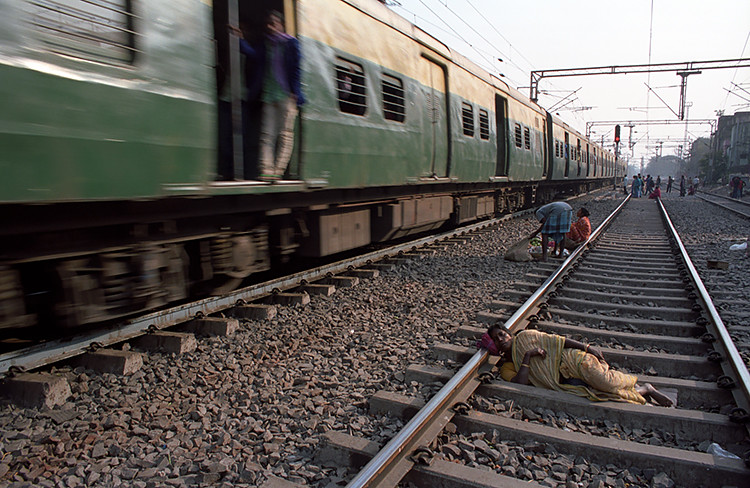
IMG001608 Life is a journey into the unknown... | Kolkata - India: photo by Pawel Serafin, 15 April 2016


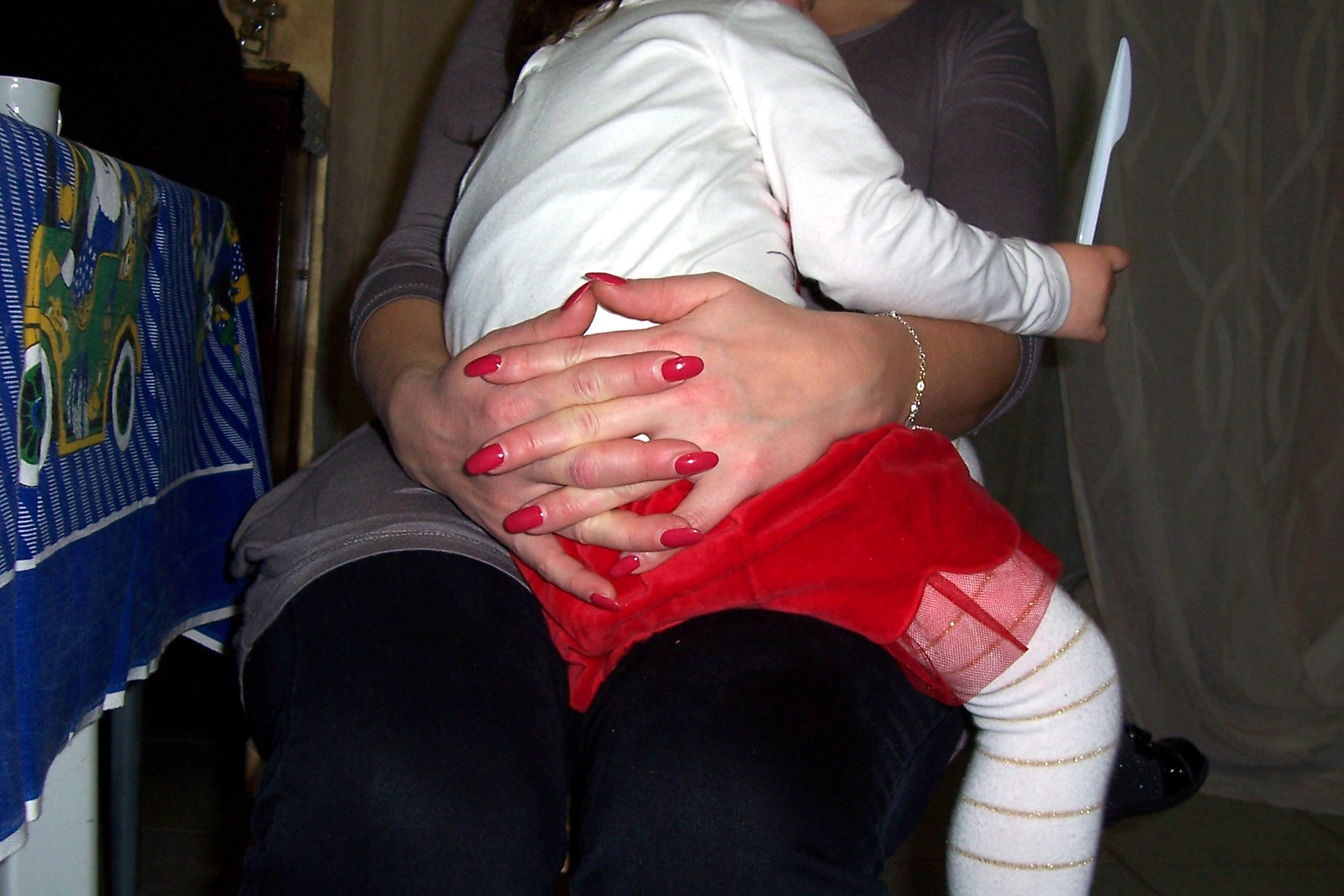
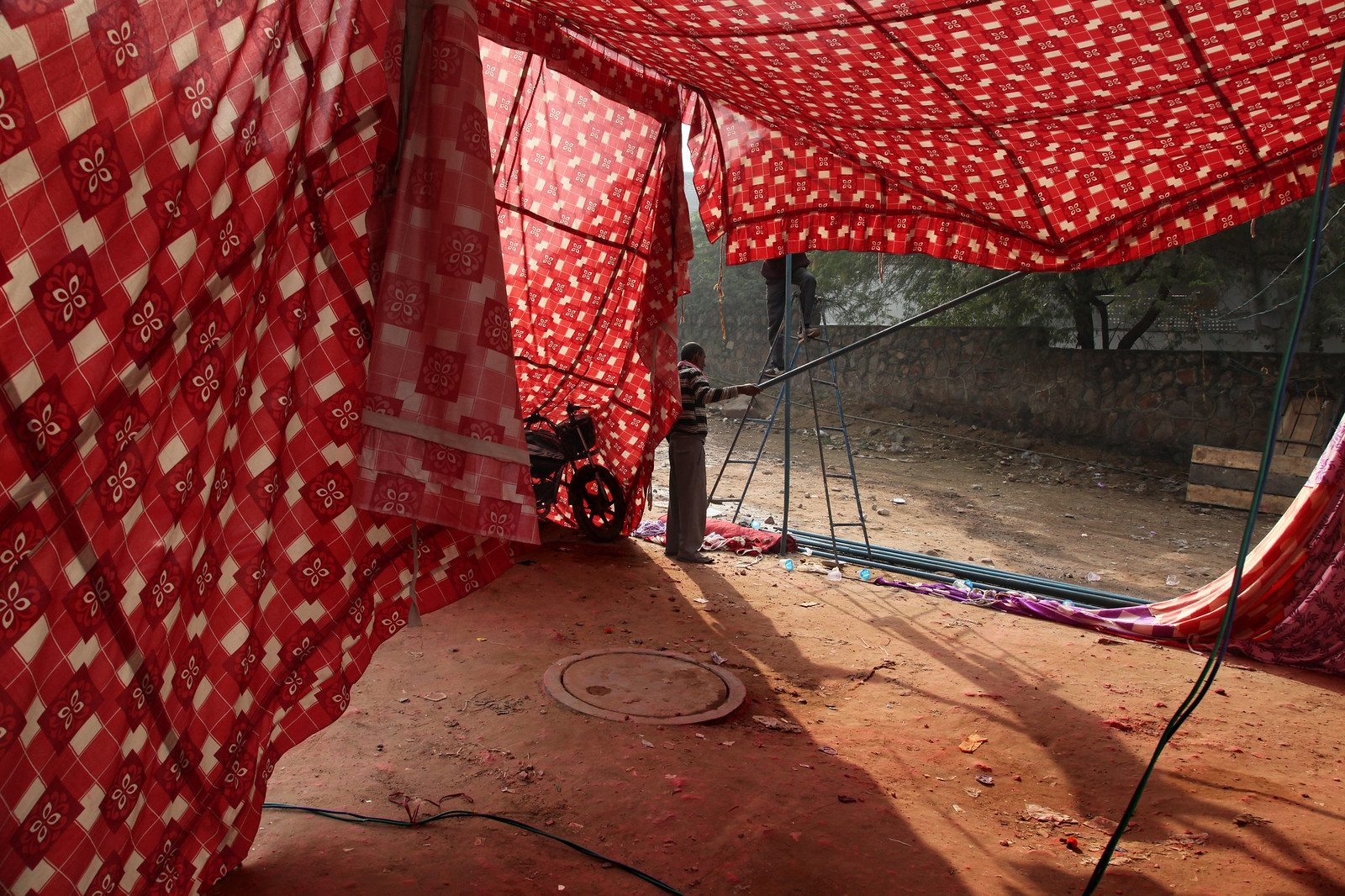



2 comments:
Les Filles de Illighadad: Fatou (live)
Les Filles de Illighadad: Tende (live @TivoliVrederburg Utrecht)
Dylan: One Too Many Mornings (live USA 1999)
Dylan: She Belongs To Me (live c. 1999-2000)
Norah Jones & Neil Young: Don't Be Denied (live, Bridge School benefit 2016)
Neil Young (w CSN & Joni Mitchell): Don't Be Denied (live, Wembley, 1974)
Post a Comment